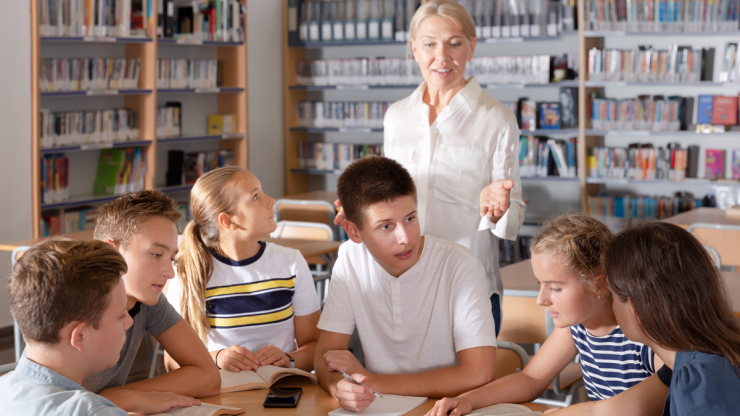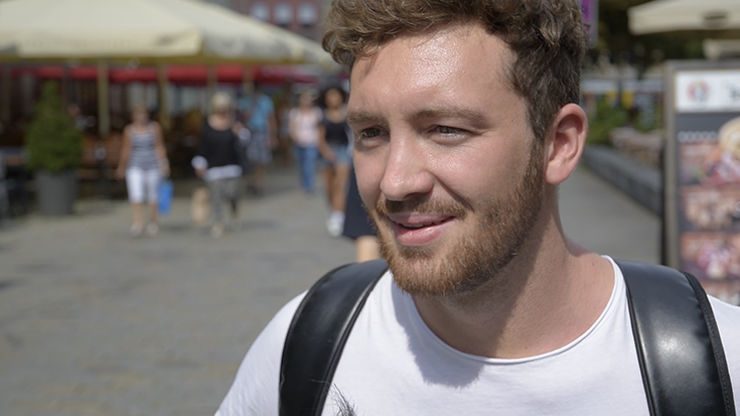This form of project work by Yazra and Pia has not yet been part of their everyday learning routine. This is because, even in times of homeschooling with few, school-based attendance hours, most children find themselves mostly between weekly schedules and subject-specific worksheets. Subjects such as art or music usually play a subordinate role. Yet it has long been known, for example, that subjects such as music and mathematics can be combined very well, that pattern recognition (groupings of rhythms, sequences, etc.) is virtually the core competence of both subjects. Or the subject German can be closely linked with art and can reach its peak in a performing game.

Is there not a chance in this time to interpret the school and the curriculum more creatively and to dare more experiments? To be more willing to experiment, to think more cross-disciplinarily and, in this context, to implement projects that use digital tools to engage students in an activating process? It's about taking the opportunity to try out new things, to go beyond learning plans to teach practical everyday things, and to think outside the box.
Project-oriented and interdisciplinary learning is nothing new. Most schools already practice this approach to knowledge transfer through so-called project weeks in schools - and with success. These experiences can be translated and tested as new project and learning forms with the help of digital tools - mistakes allowed!
The core of project learning is the cooperative as well as self-organized learning of the students, at best starting from everyday practical scenarios. Pursuing and achieving self-imposed goals allows them to experience the effectiveness of their own ideas, perceptions, plans, and actions. Three selected project ideas from Teachtoday provide impulses on how project-oriented and interdisciplinary learning can be made tangible.
About the project idea: Be a meteorologist for a day
About the project idea: My favorite song
About the project idea: The big speech
The digitization of education brings with it many questions that have yet to be answered. It is already changing more in schools than was even conceivable before. So there is no better time than now to dare to experiment and rethink learning!
 The importance of developing skills such as creativity and critical thinking is often stressed.
Knowledge or competence?
The importance of developing skills such as creativity and critical thinking is often stressed.
Knowledge or competence?
 Teachtoday spoke with the educator Sebastian Schmidt about the upside down classroom.
The teacher in your pocket
Teachtoday spoke with the educator Sebastian Schmidt about the upside down classroom.
The teacher in your pocket
The smartphone becomes a learning companion
Share this article!
Digital communication

